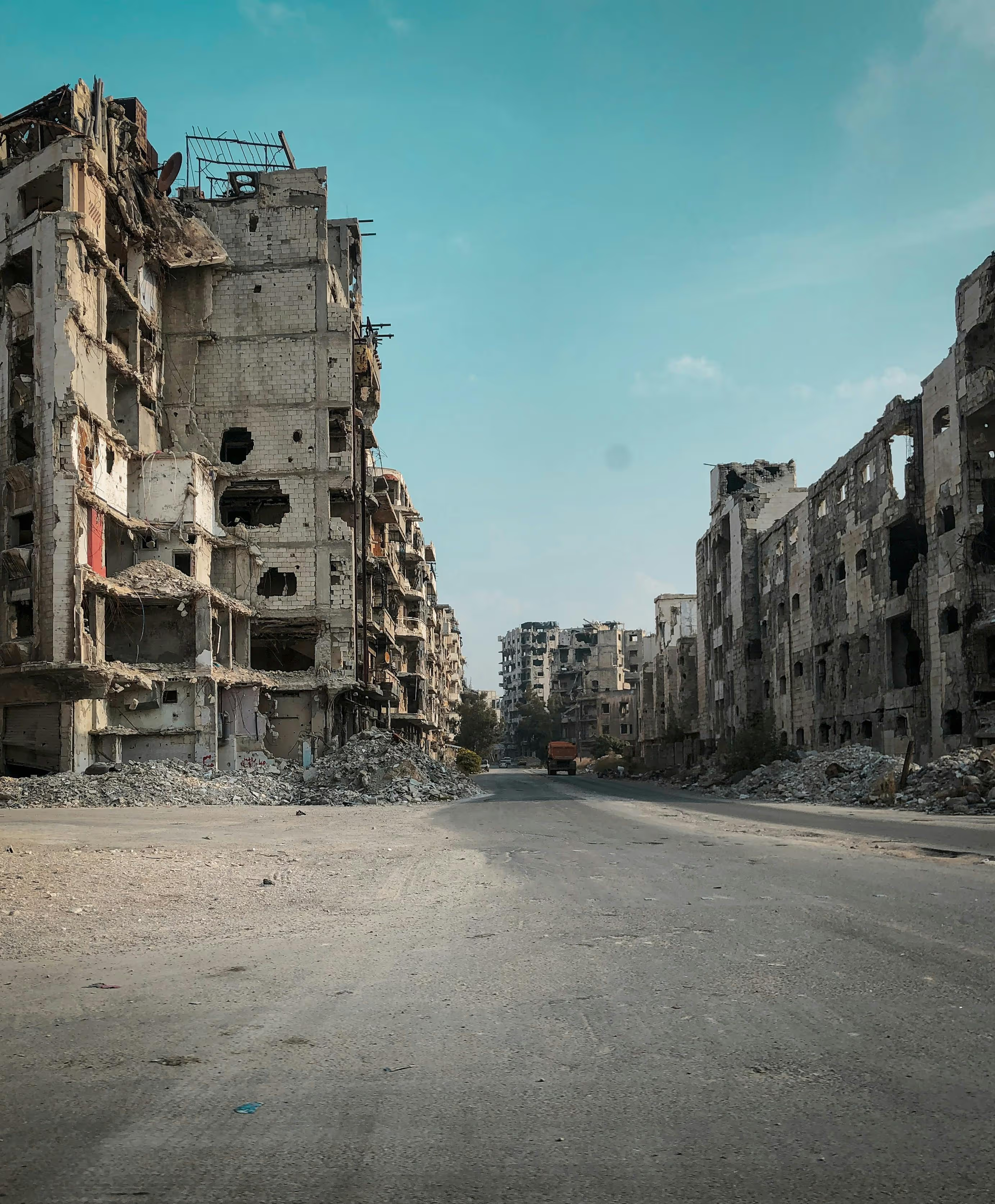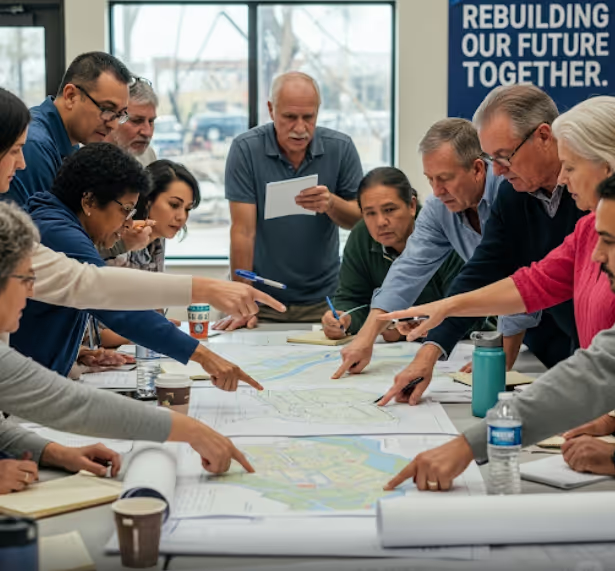Meeting the basic needs and providing essential services to communities affected by conflicts or disasters is a top priority in any effective reconstruction process. Restoring fundamental services such as shelter, water, electricity, and healthcare for local populations is the cornerstone for initiating recovery and stabilizing communities.
Importance and Objectives:
- Immediate Recovery: UN programs emphasize that providing adequate shelter and urgently repairing water and electricity networks are among the most pressing needs to kickstart the recovery process. This plays a pivotal role in restoring normal life to communities and enabling them to overcome the effects of destruction.
- Ensuring Human Dignity: Providing basic needs is not merely a technical measure; it is fundamental to ensuring human dignity and the right to a decent life, especially under the difficult circumstances that follow conflicts.
- Preventing the Worsening of Humanitarian Crises: Meeting these needs helps prevent the escalation of humanitarian crises, such as the spread of diseases due to lack of clean water or poor sanitation, or the exacerbation of living conditions due to a lack of safe shelter.
- Supporting Livelihoods and Local Economy: Restoring basic services indirectly contributes to supporting livelihoods and the local economy. For instance, the provision of electricity and water allows small businesses to operate and helps residents return to their economic activities.
Key Focus Areas:
- Shelter: Providing temporary or permanent housing solutions for those affected, either by repairing partially damaged homes or constructing new dwellings.
- Water, Sanitation, and Hygiene (WASH): Repairing and rehabilitating clean water networks, providing safe sanitation solutions, and educating the community on hygiene practices to prevent the spread of diseases.
- Electricity and Energy: Restoring electricity grids and providing alternative energy sources when necessary, to enable homes, institutions, and public facilities to operate.
- Healthcare: Rehabilitating and equipping health facilities, providing essential medical services, and ensuring access to medicines and medical supplies.
- Education: Repairing schools and providing a safe and suitable learning environment for children and youth to ensure continuity of education.
- Food and Food Security: Ensuring the availability of sufficient and nutritious food for communities, which may include food aid programs or support for local agricultural production.
Challenges and Considerations:
- Scale of Destruction: The extent of destruction can be immense, requiring tremendous efforts and vast resources to restore services.
- Security and Access: Security conditions or challenges in accessing affected areas may hinder the delivery of aid and the commencement of repair works.
- Coordination: This effort requires high-level coordination among governments, international organizations, non-governmental organizations, and local communities to ensure no duplication of efforts and maximize impact.
- Sustainability: Solutions must focus on sustainability, not merely as temporary fixes, but as a foundation for a better future for communities.
In conclusion, meeting the basic needs and services of affected communities is the first and most crucial step towards recovery. It not only provides immediate relief but also lays the groundwork for building a more stable and resilient future for these communities.



